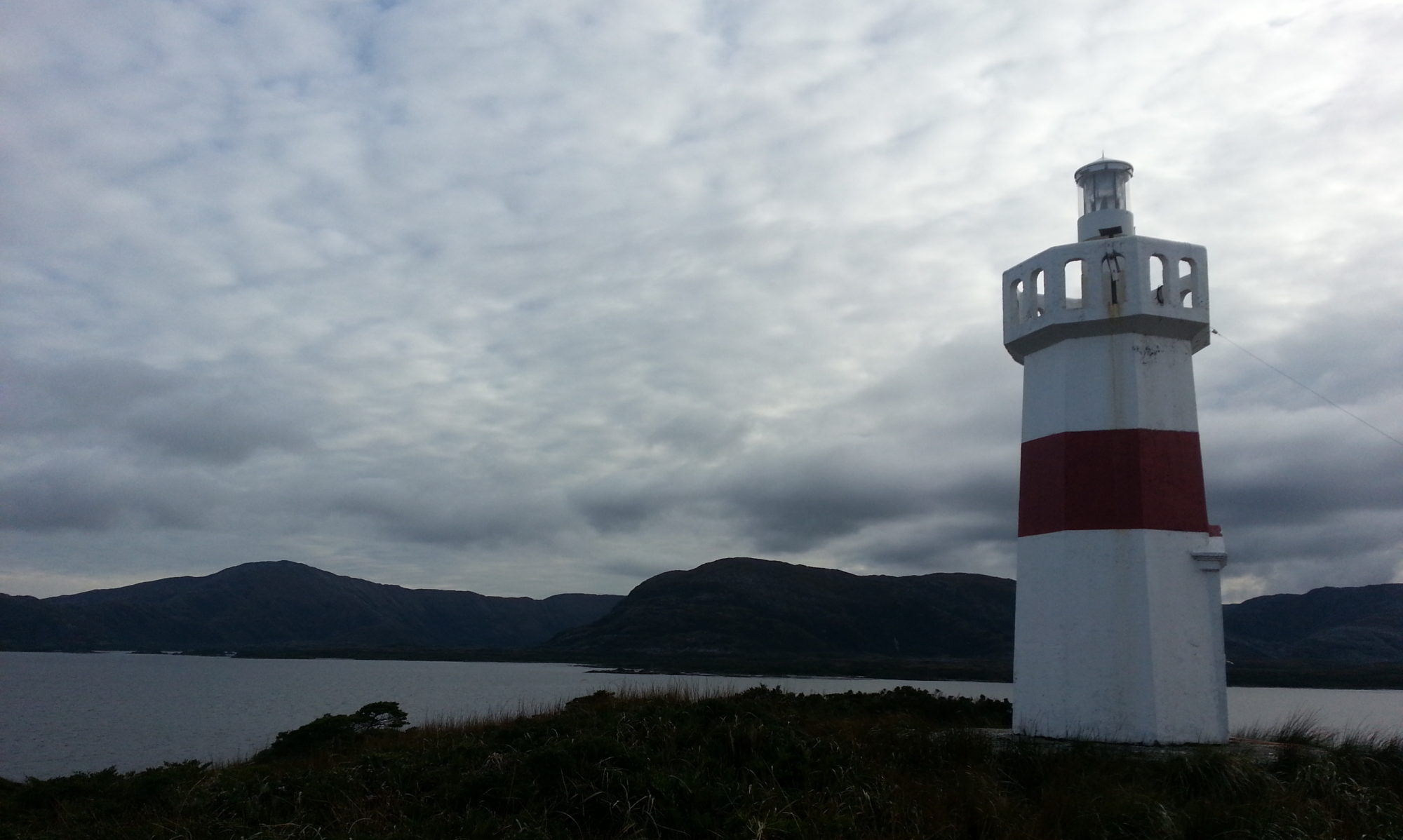
Pingüinos y Toninas
As promised, this latest blog on Chilean critters will highlight the cetaceans and flightless birds I had the fortune to come across during my voyages with the mighty Chilean Navy buoy tender George Slight. I am including the penguins as they were frequently companion animals to their larger sea creatures.

Although there are several species of Chilean penguins, I only came across the Magellanic version. Named after the famous explorer and his self-named Magellan Strait at the far southern end of South America, I did see a few close to a famous colony on Magdalena Island near Punta Arenas. They were swimming in the company of Toninas, a practise I had observed previously with some Bottlenose dolphins. I assume the penguins hunt with the larger animals and gather up the scraps or take advantage of the dolphin herding techniques. They also might use the larger animals as shelter from being prey themselves.

I wish I was able to get a copy of the dolphin/penguin pairing video when the ship left an anchorage near Paso Picton (49˚ 34’ S, 75˚ 20’ W). The ocean was as still as a mill pond and particularly clear. As the ship left the night’s sheltering cove, we were escorted out by a number of Bottlenosed Dolphins. In the video that one of the Chilean sailors took of the dolphins, you could see the winding bubble trail of a penguin swimming out with us alongside its friends. It was interesting that the penguin did not swim in a straight line but in more of a random, quick weaving pattern as I sketched below.

To my surprise, I saw my first penguin way to the north just outside of Talcahuano near the island where the Chilean Navy trains their sailors. We were puttering back to anchor for the night and the penguin was just lazily floating on the water in front of us. Of course, I wasn’t sure of what I was looking at on first glance but we got close enough for me to identify the bird. Along with this one, the ones near Punta Arenas, I saw one at Puerto Eden and a stuffed one in the Officer’s Wardroom at the Naval station on Isla Dawson. The stuffed penguin gave me a chance to realize that these are not the cute and cuddly creatures Disney and other animators have historically portrayed to the public. As you might be able to see in my sketch and picture, the beak has a nasty hook to it probably meant for quickly ripping out the guts of a tasty fish. The nails on the feet look lethal and are probably designed for scrabbling up steep, rocky shorelines or ice. In the CIBC commercials, they accurately portray the colouring scheme at least. Although, I notice in the latest commercials, they couldn’t refrain from adding some pink colouring to the lady penguin. Anyways, I figure that soft, pink humans wouldn’t stand a chance swimming against a couple of enraged penguins.


I saw a number of different dolphins species up and down the pasos (fjords) of Chile including Pacific white-sides and bottlenoses. I was fortunate to see some Toninas (Chilean dolphins) near Magdalean Island. The captain said they were a sign of good luck to mariners. I took pictures as best as I could but as usual, sea life is tough to photograph easily. They are also known as a Black Dolphin but that was a misnomer as they are clearly black and white. They are rare and some of the least researched members of the dolphin family and are only located in the far south of Chile.
As we travelled further south, I noticed that black and white were the most prominent sea creature colour.
Ballenas (Whales)

While the ship was sailing the waters near Chiloé Island, we occasionally saw whales off in the distance. I couldn’t positively identify them but supposedly there is a colony of Blue whales in the area or they could have been humpbacks. Further to the south, I saw the occasional Orca and what I thought were Minke whales. As I was without the proper photographic equipment, I took a quick picture and sketched as best I could what I saw.

Last year, I noticed a report of Chilean whale strandings in the news. It was in an area known as Puerto Slight. This was a cove our ship entered in order to resupply the Armada’s lighthouse station located overland on the Pacific side. I didn’t have access to a small boat but I observed at least two whale carcasses on the beach. I was told the area was known for this. I had my own theories for how these creatures ended up here. On one of the nights at anchorage, I was called out to see the sea boiling with red-coloured krill. Literally, we could have taken buckets of shrimp out of the water beside the ship. So, the area was probably a popular food source for whales to be attracted to. Also, it was one of the few places anywhere up and down that area where there were actual beaches. Most of the waterways consist of fjords where the shoreline dives steeply into the water for thousands of feet. If I was an air-breathing creature, perhaps near death or sick and in need of a place to rest, Puerto Slight was the only place with beaches. They could have beached themselves by accident or maybe they just wash up there. Either way, more research needs to be done and although the area is extremely remote, there is a Naval station there for support.

For my next installment of Critters of Chile, I will focus on more Chilean Creatures of the Sea.
Blair is a personification of a ‘Jack of All Trades and Master of None’. He has held several careers and has all the T-shirts. Time to add the title Blogger to the list.
